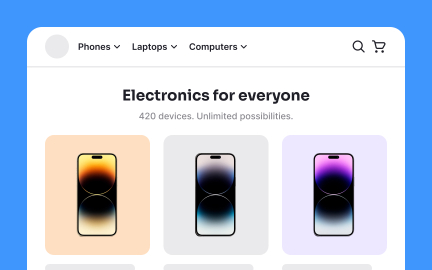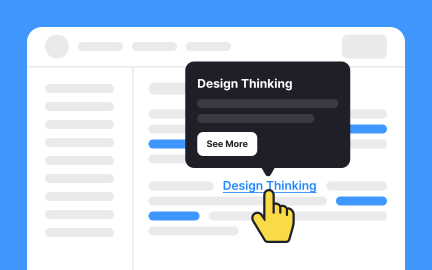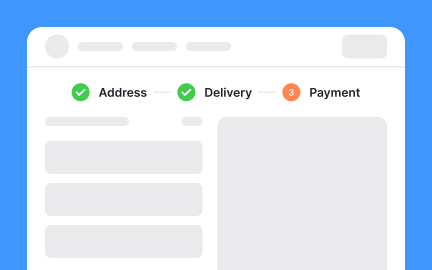Behavior Economics
Behavior economics studies how psychological, cognitive, and emotional factors influence economic decision-making and user behavior.
What is Behavioral Economics?
Behavioral economics studies how psychological factors influence economic decisions, revealing that people make predictable "irrational" choices based on emotions, social pressure, and cognitive shortcuts rather than pure logic. Behavioral economics explains why customers buy things they don't need, procrastinate on important decisions, or pay more for identical products with different framing.
This field combines psychology and economics to understand decision-making biases, heuristics, social influences, and emotional factors that drive consumer behavior and business outcomes.
Behavioral Economics in Product Strategy
Product teams apply behavioral principles throughout user journeys to align with human psychology rather than fighting against natural decision-making patterns.
Pricing strategy and value perception
Anchoring effects make target prices seem reasonable when presented after higher options. Apple shows their most expensive iPhone first, making other models seem affordable by comparison, increasing average selling prices by 23%.
User onboarding and activation
Endowment effect increases perceived value when users receive something valuable immediately. Dropbox gives free storage space upfront, creating ownership feelings that increase paid conversion rates by 60%.
Feature adoption and engagement
Social proof drives behavior when users see others taking desired actions. LinkedIn shows "People similar to you connected with X," increasing feature adoption by 37% through peer influence and social validation.
Retention and loyalty programs
Loss aversion prevents churn when users fear losing accumulated progress or benefits. Duolingo's streak counter makes users more afraid of breaking their learning streak than excited about continuing, improving retention 5x.
Practical Behavioral Design Techniques
Pricing psychology applications:
- Charm pricing ($9.99 instead of $10.00) increases perceived value
- Product bundling hides individual component costs through mental accounting
- Decoy pricing with three options guides customers toward profitable middle choice
Engagement and motivation mechanics:
- Progress bars showing completion percentage increase task completion rates
- Achievement systems and streak counters create commitment and loss aversion
- Variable reward schedules maintain engagement through unpredictability
- Social comparison features leverage competitive instincts and peer pressure
Conversion optimization strategies:
- Default opt-in settings dramatically increase participation rates
- Limited-time offers create urgency through artificial scarcity
- Customer testimonials and reviews provide social proof for hesitant buyers
- Free trial periods create endowment effect making cancellation psychologically difficult
Recommended resources
Courses

Psychology Behind Gamified Experiences

Color Psychology

UX Writing
Lessons

Intro to Information Architecture

Designing for Anxiety






